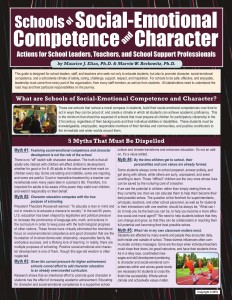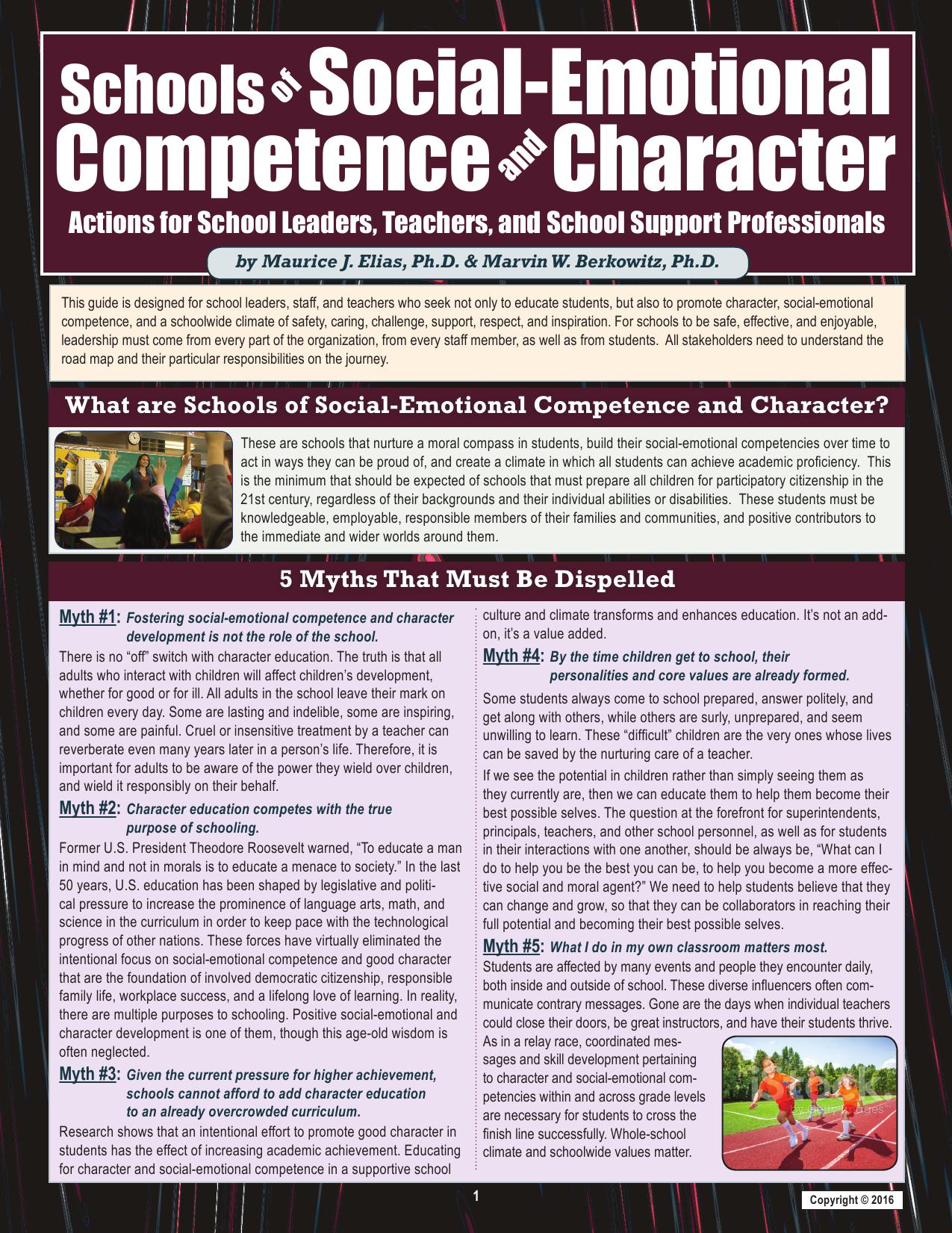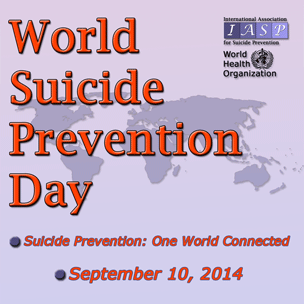 Schools of Social-Emotional Competence and Character: Actions for School Leaders, Teachers, and Support Staff, the newest in NPR, Inc.’s series of laminated reference guides for educators, is now in-stock and available for purchase.
Schools of Social-Emotional Competence and Character: Actions for School Leaders, Teachers, and Support Staff, the newest in NPR, Inc.’s series of laminated reference guides for educators, is now in-stock and available for purchase.
Written by Maurice Elias and Marvin Berkowitz, this six-page quick-reference guide offers information and action steps to help educators build schools that promote character, social-emotional competence, and a schoolwide climate of safety, caring, challenge, support, respect, and inspiration in which to educate students.
The guide outlines
- Core social-emotional competencies
- Key aspects of character
- Research on character education & social-emotional competence
- What leadership teams can do to cultivate a positive school climate that promotes of good character
- Professional development approaches
- Ways of encouraging student voice and empowerment
About the Authors:
Maurice J. Elias, PhD is a professor in the psychology department at Rutgers University and director of clinical PhD training. Other positions include:
- Academic director of The Collaborative, Rutgers’ Center for Community Based Research, Service, & Public Scholarship;
- Past president of the Society for Community Research and Action/Division 27 (Community Psychology) of the American Psychological Association;
- Co-founder of the Consortium on the School-Based Promotion of Social Competence, a research consortium comprised of nationally prominent scientists;
- Director of the Rutgers Social-Emotional Learning Lab;
- Coordinator of Improving School Climate for Academic and Life Success (ISCALS) at Rutgers’ Center for Applied Psychology;
- Founding member of the leadership team for the Collaborative for Academic, Social, and Emotional Learning, or CASEL.
The focus of Elias’ work is on establishing the field of prevention, school-based preventive intervention, and social competence promotion as a credible, important, and rigorous area of research, practice, and public policy. With colleagues at CASEL, Elias was senior author of Promoting Social and Emotional Learning: Guidelines for Educators, which is already circulated to over 100,000 educational leaders in the U.S. and internationally.
Elias lectures nationally and internationally, has been featured on numerous television and radio programs, is frequently sought out as an expert in magazines and newspapers, and devotes his research and writing to the area of social-emotional and character development in children, schools, and families. He writes a blog on Social-Emotional and Character Development (SECD) for the George Lucas Educational Foundation, edutopia, at http://www.edutopia.org/user/67
Marvin W. Berkowitz, PhD is the inaugural Sanford N. McDonnell Endowed Professor of Character Education, and Co-Director of the Center for Character and Citizenship at the University of Missouri-St. Louis, and University of Missouri Thomas Jefferson Fellow. He was the inaugural Ambassador H.H. Coors Professor of Character Development at the US Air Force Academy (1999), and Professor of Psychology at Marquette University (1979-1999).
He earned his Ph.D. in Life-span Developmental Psychology at Wayne State University in 1977.
His scholarly focus and expertise is in character education and development. He is author of Parenting for Good (2005), You Can’t Teach Through a Rat: And Other Epiphanies for Educators (2012), and more than 100 book chapters, monographs, and journal articles. He is founding co-editor of the Journal of Character Education.
Dr. Berkowitz received the Sanford N. McDonnell Lifetime Achievement Award from the Character Education Partnership (2006), the Good Works Award from the Association for Moral Education (2010), and the University of Missouri System’s Thomas Jefferson Professorship (2011-12).








 Authors publishing with National Professional Resources include leading experts in a variety of specialty fields in education, special education, and psychology. Dr.
Authors publishing with National Professional Resources include leading experts in a variety of specialty fields in education, special education, and psychology. Dr. 

 Additionally,
Additionally, 



